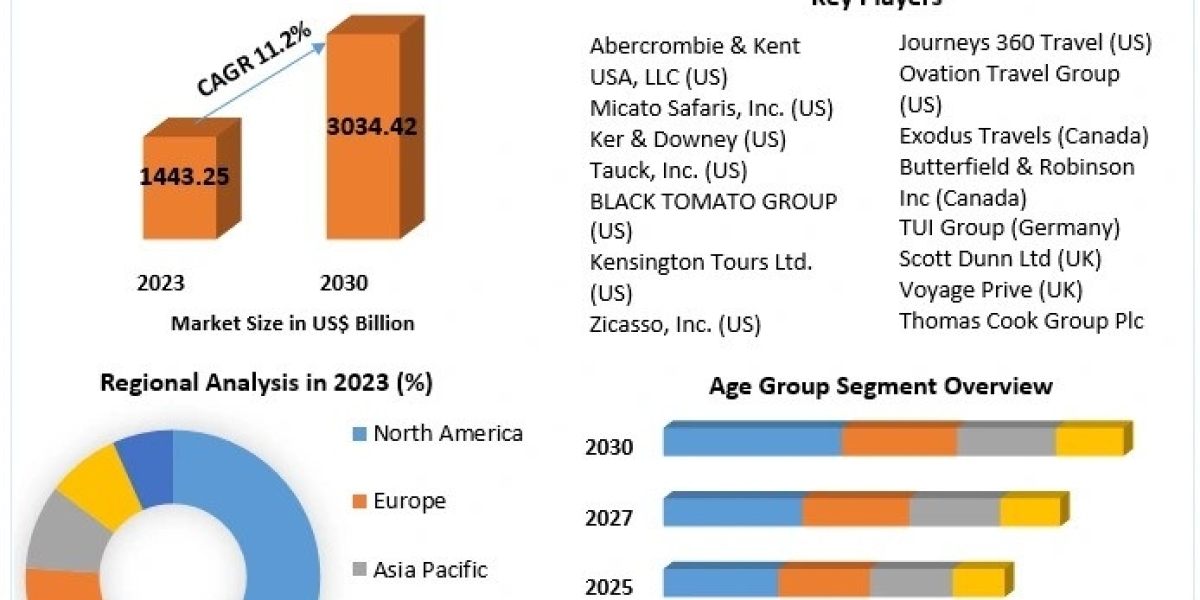In today’s fast-paced business environment, managing assets efficiently has become a critical requirement for companies that want to stay competitive. Facility Asset Management Software (FAMS) is not just a tool but a game-changer that is transforming how organizations oversee their physical assets, from buildings and machinery to fleets and IT systems. As technological advancements drive innovation across industries, FAMS is evolving to meet the latest industry requirements, incorporating emerging trends like IoT, AI, sustainability, and predictive analytics. This article explores the latest trends in facility asset management software and how they align with the growing demands of the industry.
The Growing Importance of Facility Asset Management Software
Asset management has historically been a manual, time-consuming process. From tracking equipment health to managing real estate portfolios, facility managers have long relied on spreadsheets, paper trails, or standalone systems. However, these traditional methods are no longer sustainable in the modern world, where assets are becoming increasingly digitalized and decentralized.
Facility Asset Management Software enables businesses to centralize asset data, automate maintenance schedules, and enhance decision-making based on real-time insights. The software optimizes the lifecycle of assets, reduces operational costs, and ensures regulatory compliance.
Get Started in Minutes — No Coding Required! |
https://axonator.com/request-for-demo/
Latest Trends in Facility Asset Management Software
1. Integration of IoT and Smart Sensors
One of the most exciting trends in facility asset management is the integration of the Internet of Things (IoT) and smart sensors. These devices gather real-time data about asset performance, location, and condition, feeding it directly into the asset management system. This data enables predictive maintenance, where potential failures are detected before they occur, reducing downtime and extending the life of critical equipment.
For instance, HVAC systems can be equipped with sensors that monitor energy usage, temperature, and air quality. If the system begins to overwork or show signs of wear, the software can trigger an alert for maintenance before a breakdown happens. The incorporation of IoT significantly increases efficiency, reduces maintenance costs, and minimizes equipment downtime.
2. Predictive Analytics and Artificial Intelligence
Artificial Intelligence (AI) and predictive analytics are becoming standard features in modern Facility Asset Management Software. AI-driven analytics use historical and real-time data to predict when an asset will require maintenance, repair, or replacement. This proactive approach helps companies avoid unexpected breakdowns, reducing repair costs and improving operational uptime.
Predictive analytics in FAMS also provide insights into long-term asset performance. Facility managers can forecast asset depreciation rates and plan capital expenditures more effectively. With AI, decision-making becomes data-driven, enabling organizations to optimize their asset portfolio for maximum productivity and cost-efficiency.
3. Cloud-Based Asset Management Solutions
The shift towards cloud-based FAMS is another significant trend reshaping the industry. Cloud-based solutions offer flexibility, scalability, and remote access, allowing facility managers to monitor and manage assets from any location. The pandemic has further accelerated this shift, as organizations increasingly adopt remote work arrangements.
Cloud-based software also ensures that updates are seamless, making it easier for companies to integrate new features and stay current with industry advancements. Additionally, these platforms are highly scalable, accommodating growing asset inventories without requiring major infrastructure investments.
4. Sustainability and Green Initiatives
Sustainability has become a top priority for organizations worldwide, and FAMS plays a crucial role in promoting environmentally friendly practices. Modern asset management software integrates sustainability metrics, allowing facility managers to track energy consumption, reduce waste, and minimize carbon footprints.
Many organizations are now leveraging FAMS to implement energy-efficient practices, such as optimizing HVAC systems, using renewable energy sources, and monitoring water usage. By aligning with global sustainability goals, facility managers can lower operational costs while contributing to broader environmental objectives.
5. Mobile Asset Management
Mobile-first technology is becoming a vital component of modern FAMS. With mobile apps, facility managers and technicians can access real-time asset data, manage work orders, and perform inspections on the go. This trend enhances operational agility, allowing maintenance teams to respond quickly to issues and update asset information in real time.
The mobile asset management trend also benefits industries that rely heavily on fieldwork, such as utilities, construction, and transportation. Field technicians equipped with mobile devices can update asset statuses immediately after performing maintenance, ensuring that all stakeholders have access to the latest information.
6. Compliance and Regulatory Adherence
As regulations surrounding asset management become more stringent, FAMS must now include features that ensure compliance with industry-specific standards and government regulations. Whether it’s the International Organization for Standardization (ISO) certifications, Health and Safety regulations, or energy efficiency mandates, the software must have built-in compliance management modules.
These features help organizations avoid fines, mitigate risk, and maintain a high level of operational safety. Automated compliance tracking also reduces the manual labor involved in maintaining detailed audit trails and reporting, which is essential for industries like healthcare, manufacturing, and transportation.
Learn More | https://axonator.com/product/facility-asset-management-software/
Industry Requirements Driving FAMS Adoption
1. Cost Optimization
One of the primary reasons companies adopt FAMS is to reduce the total cost of ownership (TCO) of their assets. With tools like predictive maintenance and real-time monitoring, companies can optimize their asset utilization, extending lifecycles and avoiding unnecessary capital expenditures.
2. Enhanced Operational Efficiency
Efficiency is key in today’s competitive landscape. FAMS streamlines workflows, reduces administrative burden, and minimizes asset downtime. These solutions allow facility managers to automate routine tasks, such as generating work orders and scheduling inspections, freeing up time for more strategic initiatives.
3. Regulatory Compliance
With increasing regulations across industries, ensuring compliance is critical. FAMS provides built-in tools to monitor compliance with industry standards, allowing organizations to meet legal and regulatory requirements efficiently.
4. Risk Management and Safety
In sectors like manufacturing, healthcare, and utilities, asset failures can pose significant risks to worker safety and business continuity. FAMS helps mitigate these risks by proactively managing asset health, scheduling preventive maintenance, and ensuring assets are safe for operation.
About Axonator Inc:
At Axonator, Our vision is simple yet powerful: to enable the world on mobile. We envision a future where every aspect of business and society is seamlessly connected through mobile devices. Our mission is to empower businesses worldwide to leverage the full potential of mobile technology, transforming the way they operate, communicate, and collaborate.
Contact:
Axonator Inc (The World On Mobile)
Austin, TX, USA
USA: +1–716–274–8885
India: +91–8600–032–635
Email: support@axonator.com
Website: https://axonator.com/

![SNAP Testo Booster Reviews [Official Website] – Hoax Or Legit!](https://f002.backblazeb2.com/file/yoosocial/upload/photos/2023/12/iGzy6LnCtRssbRPsr8gz_03_f41d144ec22a9a4cb935068c3277fca6_image.jpg)







